Two setting methods for PPT 'show mode'
php Xiaobian Xigua teaches you two methods of setting PPT screening mode. In PPT, projection mode is an important setting when showing presentations, allowing the audience to see a clearer and smoother effect. With simple operations, you can easily select the appropriate projection mode to make your presentation more professional and eye-catching. Next, we will introduce these two setting methods in detail, allowing you to easily cope with various demonstration scenarios.
Method 1: Set up the slide show directly in the PPT file.
1. After opening PPT, click [Set Slide Show] under the [Slide Show] option in the menu bar.
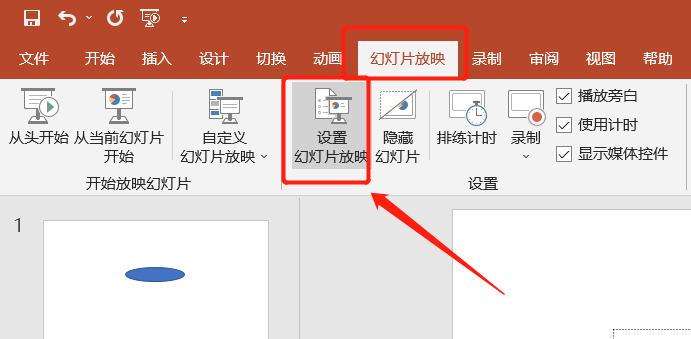
2. After the dialog box pops up, select different display methods according to your needs, such as the number of pages in the slide show, "Manual Show" or "Auto Show", and click [OK] after selecting.
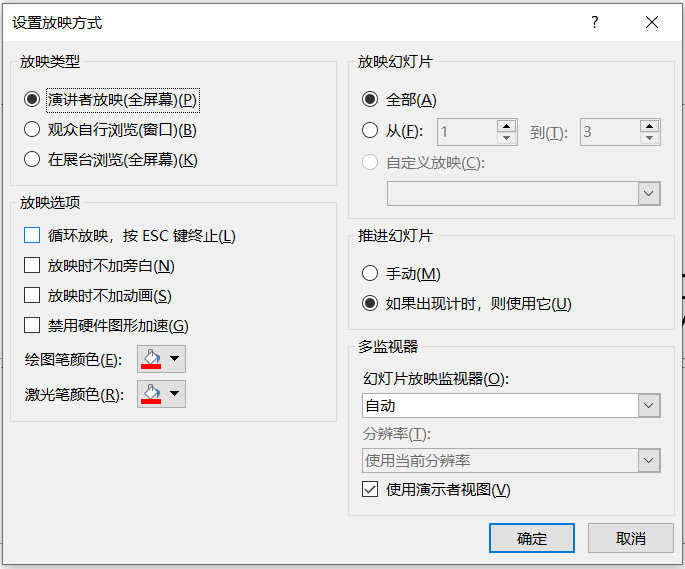
3. If you select "Auto Show", we can also set the time for each slide to be automatically shown. Click the [Switch] option in the menu bar of the PPT homepage, then set the time in [Slide Mode] on the right side of the list, and then click [Apply to All] to apply to all slides.

4. After the settings are completed, press the keyboard shortcut F5 to play the slideshow.
You can also click the show option [Slideshow] on the PPT homepage menu bar to play the slideshow.
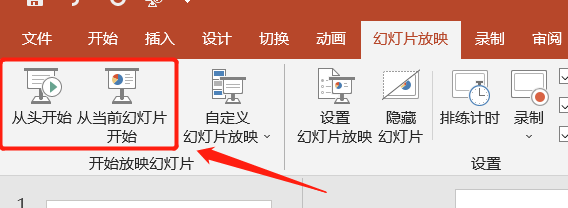
Method two, convert the PPT file into a PPS file in "show mode", so that when you open the PPT, you can play it directly without opening the ordinary editing view, and it can also be used to prevent the PPT file from being used by others at will. Revise.
1. After opening the PPT file, click the [File] option, then click [Save As], and then select the save path on the right.
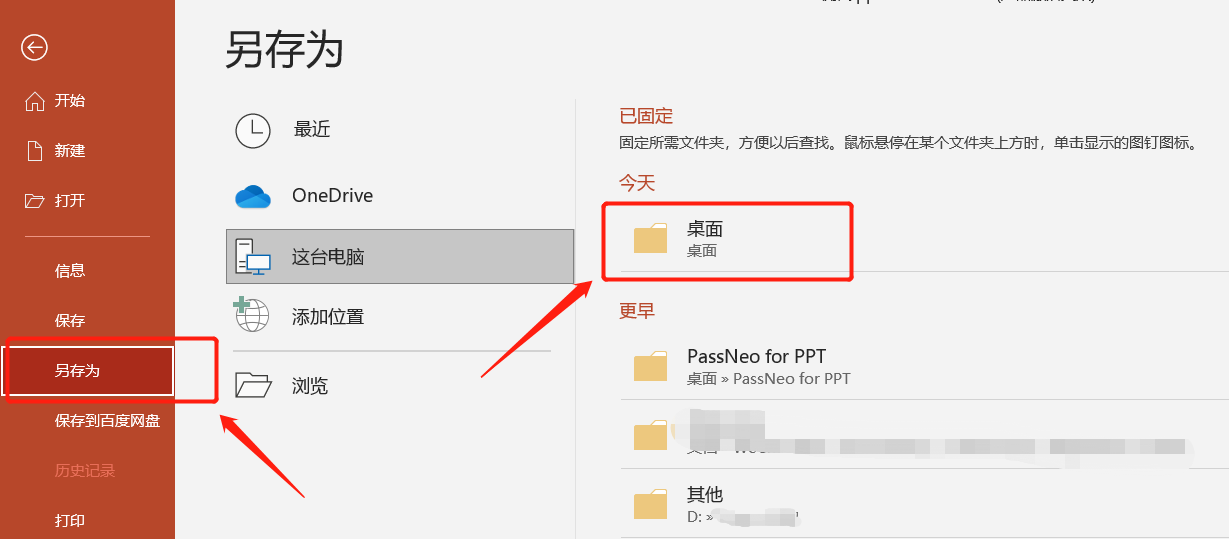
2. After the dialog box pops up, in the [Save as type] drop-down list, select [PPS Format], and then click [Save].
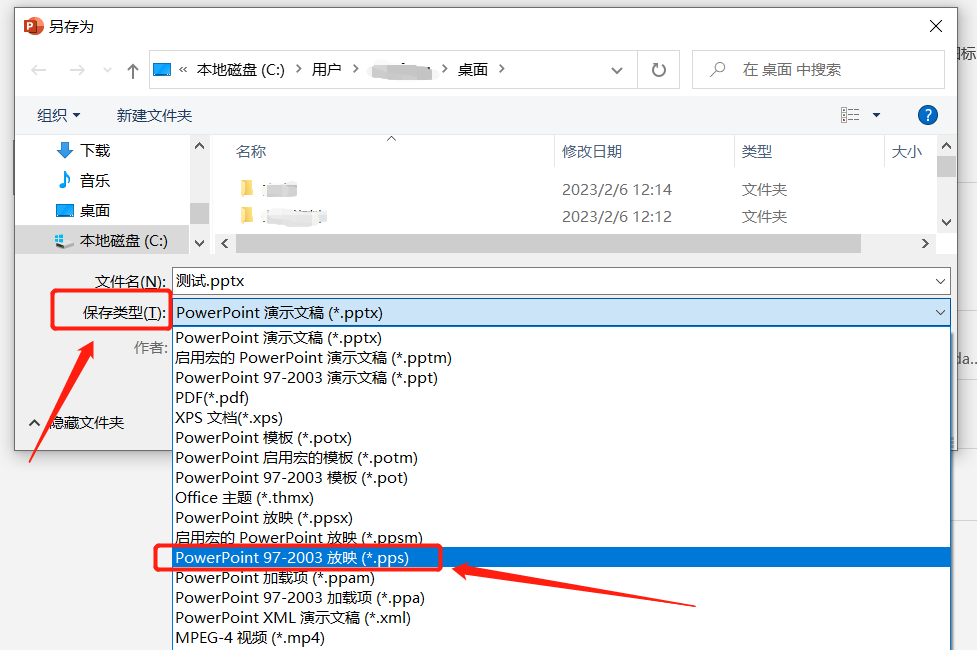
3. After completing the above operations, the PPT file will be saved as a PPS file. As long as the PPS file is opened, the slideshow will automatically play.
If you convert a PPT file to a PPS file to prevent others from editing the slides, we can also set a "restrict editing password" directly in the PPT file, so that the PPT cannot be edited without a password.
PPT's "Restrict Editing Password" is also set through the path of "Save As".
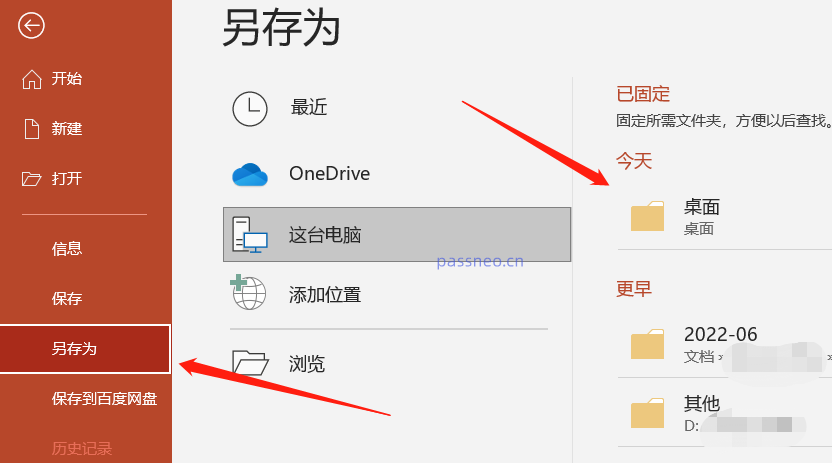
After the "Save As" dialog box pops up, modify the file name and save it as a new file, and then click [General Options] in the [Tools] option below.
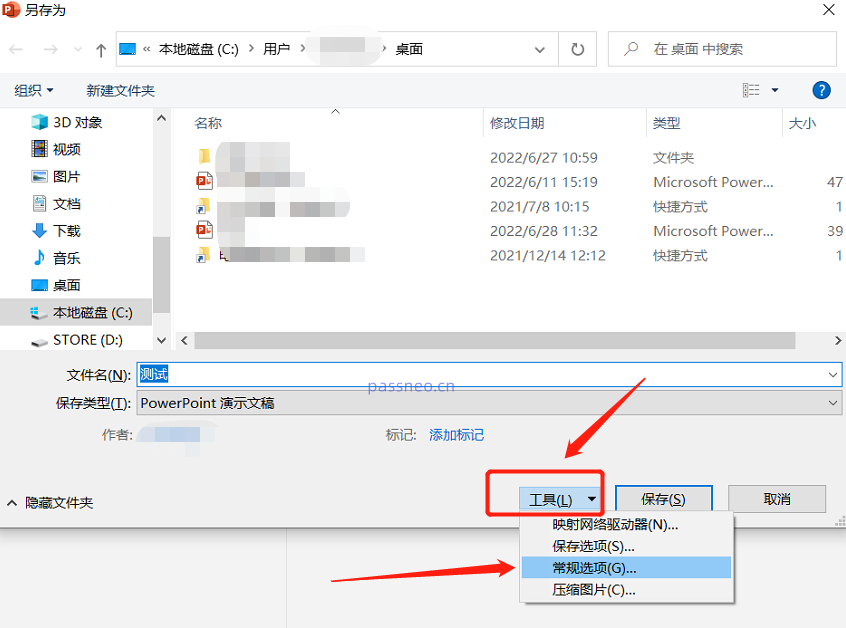
After a new page pops up again, enter the password you want to set in the [Modify Permission Password] field, then enter the password again, and click [Save].

After completing the above operations, the PPT file will be a file with "restricted editing". When you open the PPT, a dialog box will pop up. You need to enter a password to edit it. Otherwise, it will be opened in "read-only mode" and you will not be able to edit it.
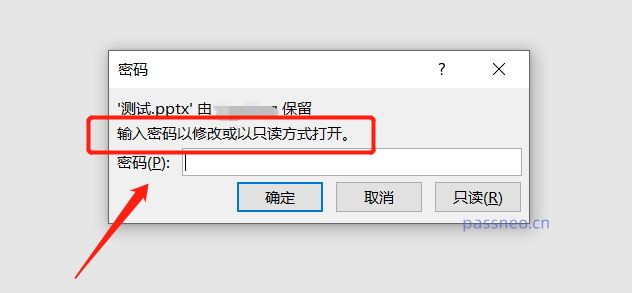
It should be noted that if you set a password, you must save it, because there is no password retrieval option in PPT. If you forget your password and really can't remember it, we can try other PPT tools, such as Pepsi Niu PPT password recovery tool.
In the tool, select the [Unrestriction] module, and then import the PPT file, you can directly remove the "restricted editing" of the PPT without a password.
Attack tool link: Pepsi Niu PPT password recovery tool
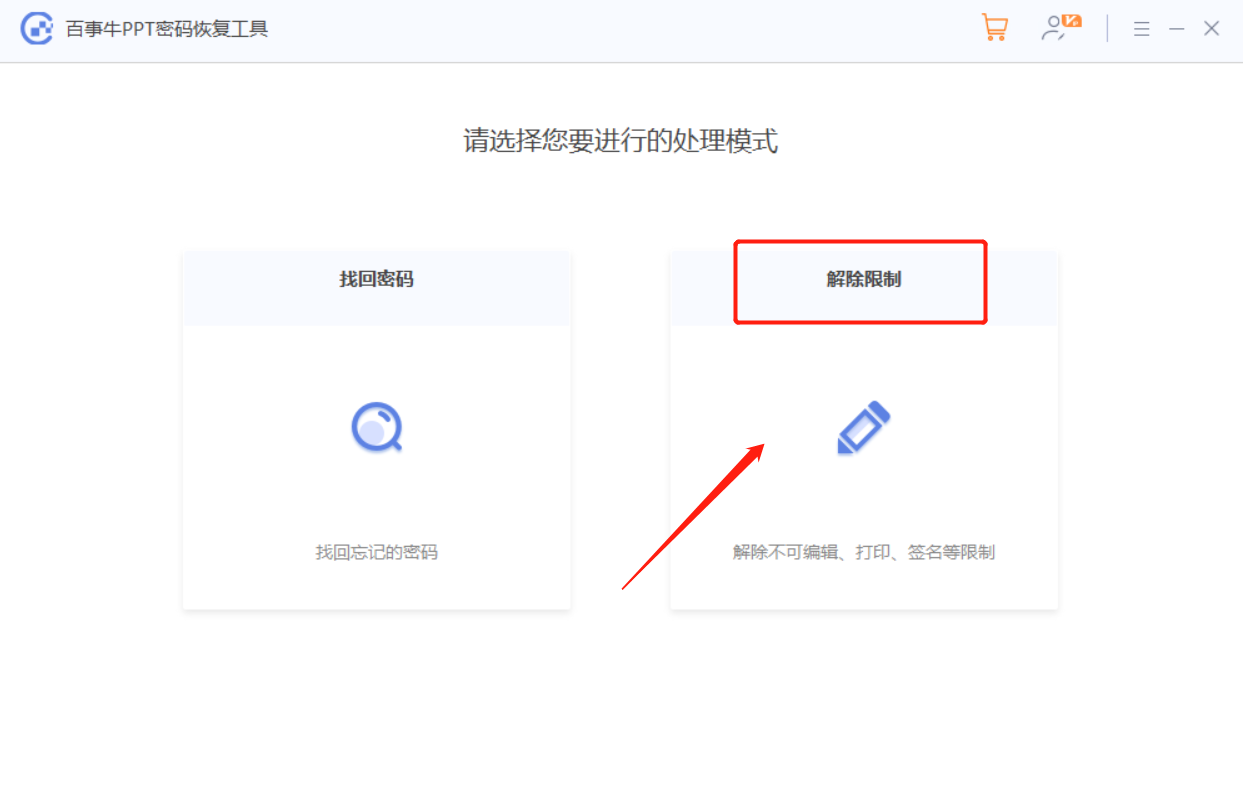
The PPT after the restriction is lifted will be saved as a new file. Click [Go to View] in the tool and open the folder to see the new PPT.
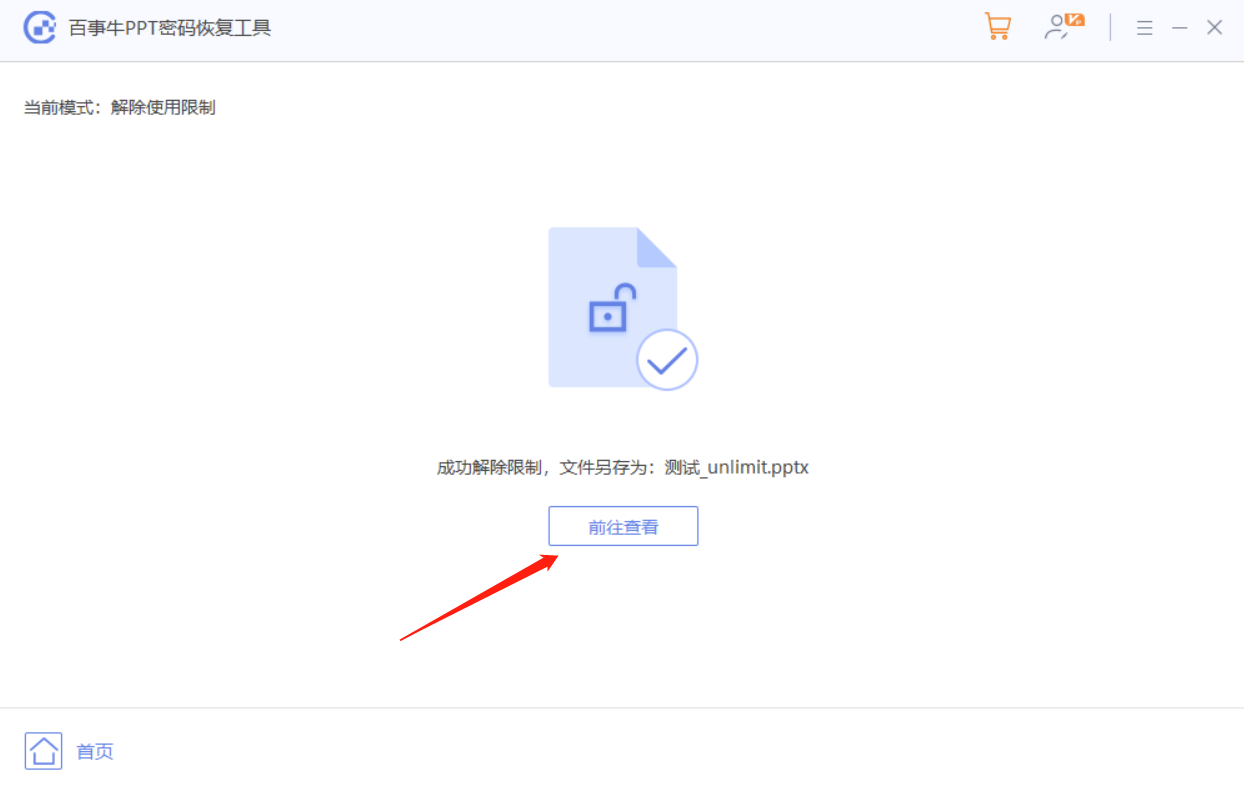
The above is the detailed content of Two setting methods for PPT 'show mode'. For more information, please follow other related articles on the PHP Chinese website!

Hot AI Tools

Undresser.AI Undress
AI-powered app for creating realistic nude photos

AI Clothes Remover
Online AI tool for removing clothes from photos.

Undress AI Tool
Undress images for free

Clothoff.io
AI clothes remover

Video Face Swap
Swap faces in any video effortlessly with our completely free AI face swap tool!

Hot Article

Hot Tools

Notepad++7.3.1
Easy-to-use and free code editor

SublimeText3 Chinese version
Chinese version, very easy to use

Zend Studio 13.0.1
Powerful PHP integrated development environment

Dreamweaver CS6
Visual web development tools

SublimeText3 Mac version
God-level code editing software (SublimeText3)

Hot Topics
 How to Create a Timeline Filter in Excel
Apr 03, 2025 am 03:51 AM
How to Create a Timeline Filter in Excel
Apr 03, 2025 am 03:51 AM
In Excel, using the timeline filter can display data by time period more efficiently, which is more convenient than using the filter button. The Timeline is a dynamic filtering option that allows you to quickly display data for a single date, month, quarter, or year. Step 1: Convert data to pivot table First, convert the original Excel data into a pivot table. Select any cell in the data table (formatted or not) and click PivotTable on the Insert tab of the ribbon. Related: How to Create Pivot Tables in Microsoft Excel Don't be intimidated by the pivot table! We will teach you basic skills that you can master in minutes. Related Articles In the dialog box, make sure the entire data range is selected (
 If You Don't Rename Tables in Excel, Today's the Day to Start
Apr 15, 2025 am 12:58 AM
If You Don't Rename Tables in Excel, Today's the Day to Start
Apr 15, 2025 am 12:58 AM
Quick link Why should tables be named in Excel How to name a table in Excel Excel table naming rules and techniques By default, tables in Excel are named Table1, Table2, Table3, and so on. However, you don't have to stick to these tags. In fact, it would be better if you don't! In this quick guide, I will explain why you should always rename tables in Excel and show you how to do this. Why should tables be named in Excel While it may take some time to develop the habit of naming tables in Excel (if you don't usually do this), the following reasons illustrate today
 You Need to Know What the Hash Sign Does in Excel Formulas
Apr 08, 2025 am 12:55 AM
You Need to Know What the Hash Sign Does in Excel Formulas
Apr 08, 2025 am 12:55 AM
Excel Overflow Range Operator (#) enables formulas to be automatically adjusted to accommodate changes in overflow range size. This feature is only available for Microsoft 365 Excel for Windows or Mac. Common functions such as UNIQUE, COUNTIF, and SORTBY can be used in conjunction with overflow range operators to generate dynamic sortable lists. The pound sign (#) in the Excel formula is also called the overflow range operator, which instructs the program to consider all results in the overflow range. Therefore, even if the overflow range increases or decreases, the formula containing # will automatically reflect this change. How to list and sort unique values in Microsoft Excel
 How to Format a Spilled Array in Excel
Apr 10, 2025 pm 12:01 PM
How to Format a Spilled Array in Excel
Apr 10, 2025 pm 12:01 PM
Use formula conditional formatting to handle overflow arrays in Excel Direct formatting of overflow arrays in Excel can cause problems, especially when the data shape or size changes. Formula-based conditional formatting rules allow automatic formatting to be adjusted when data parameters change. Adding a dollar sign ($) before a column reference applies a rule to all rows in the data. In Excel, you can apply direct formatting to the values or background of a cell to make the spreadsheet easier to read. However, when an Excel formula returns a set of values (called overflow arrays), applying direct formatting will cause problems if the size or shape of the data changes. Suppose you have this spreadsheet with overflow results from the PIVOTBY formula,
 How to change Excel table styles and remove table formatting
Apr 19, 2025 am 11:45 AM
How to change Excel table styles and remove table formatting
Apr 19, 2025 am 11:45 AM
This tutorial shows you how to quickly apply, modify, and remove Excel table styles while preserving all table functionalities. Want to make your Excel tables look exactly how you want? Read on! After creating an Excel table, the first step is usual
 Excel MATCH function with formula examples
Apr 15, 2025 am 11:21 AM
Excel MATCH function with formula examples
Apr 15, 2025 am 11:21 AM
This tutorial explains how to use MATCH function in Excel with formula examples. It also shows how to improve your lookup formulas by a making dynamic formula with VLOOKUP and MATCH. In Microsoft Excel, there are many different lookup/ref
 How to Use Excel's AGGREGATE Function to Refine Calculations
Apr 12, 2025 am 12:54 AM
How to Use Excel's AGGREGATE Function to Refine Calculations
Apr 12, 2025 am 12:54 AM
Quick Links The AGGREGATE Syntax







